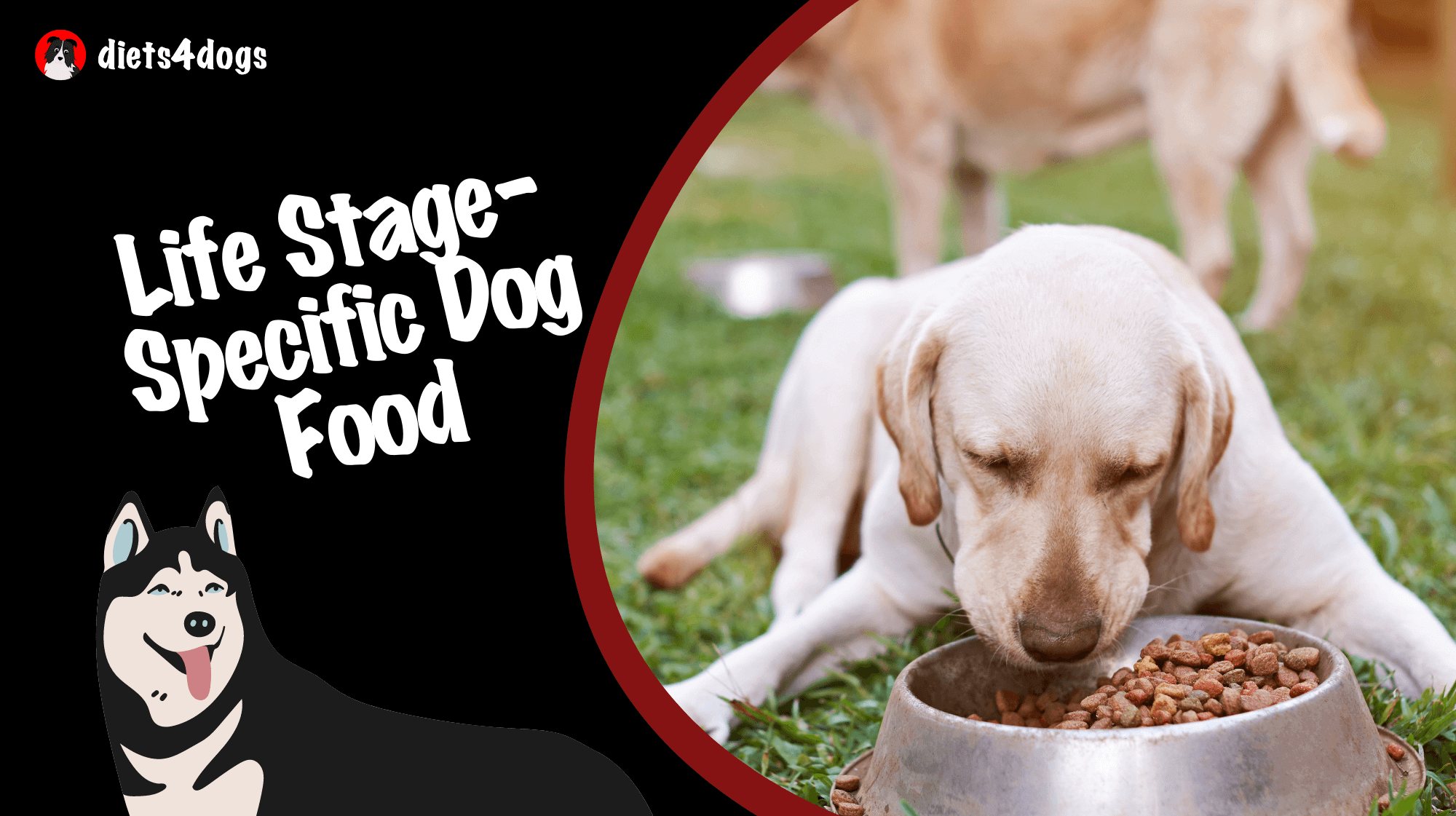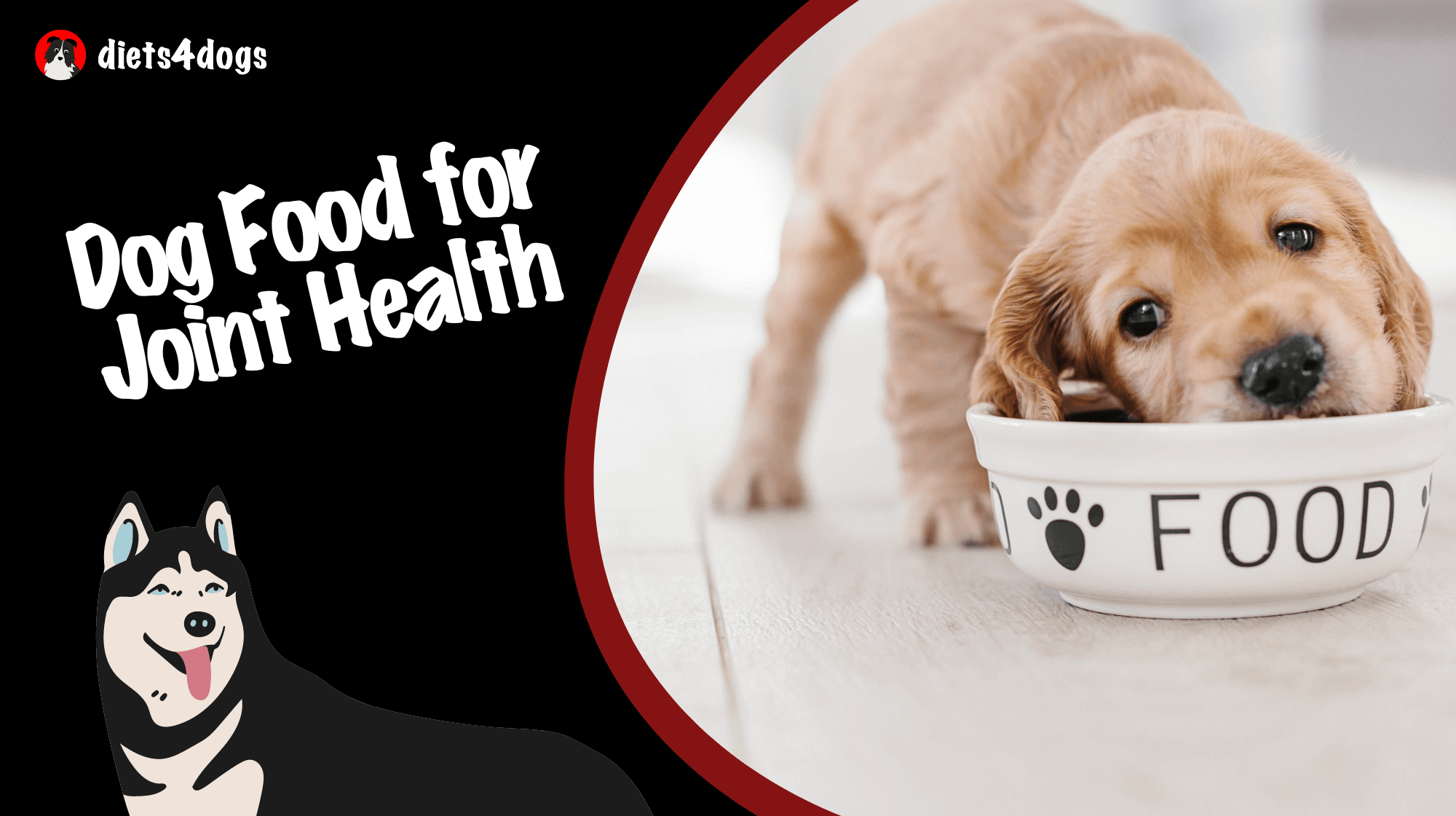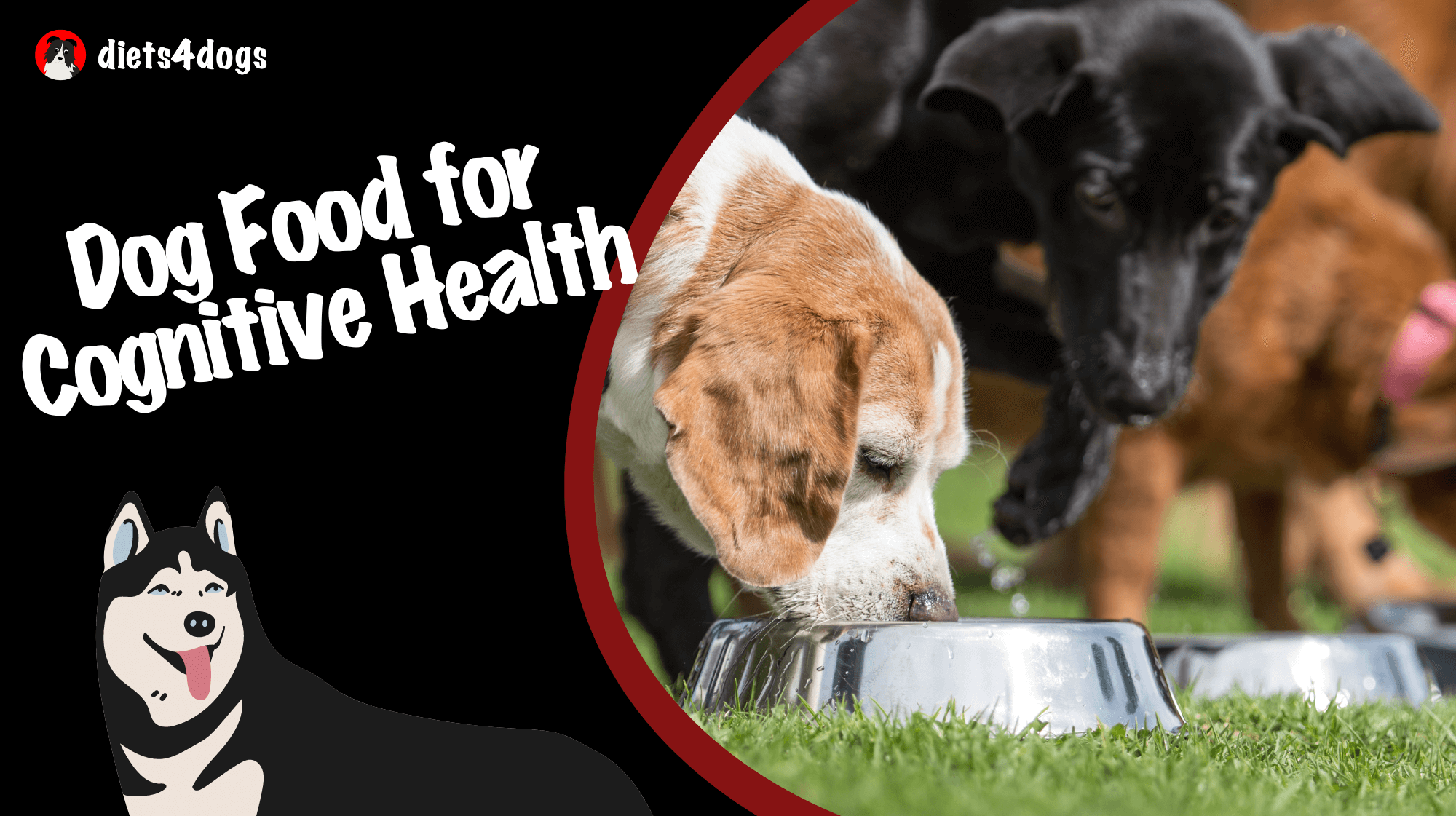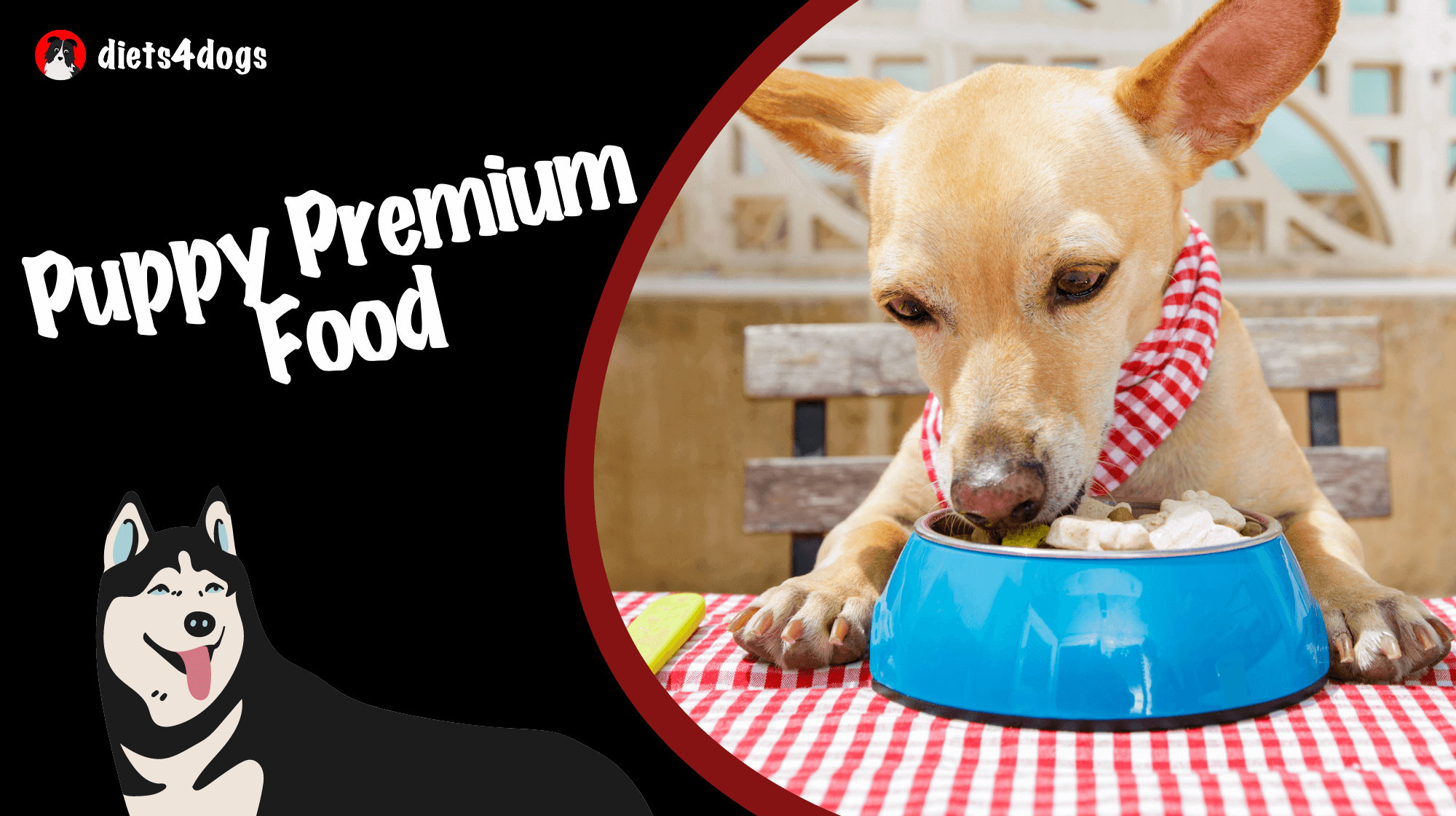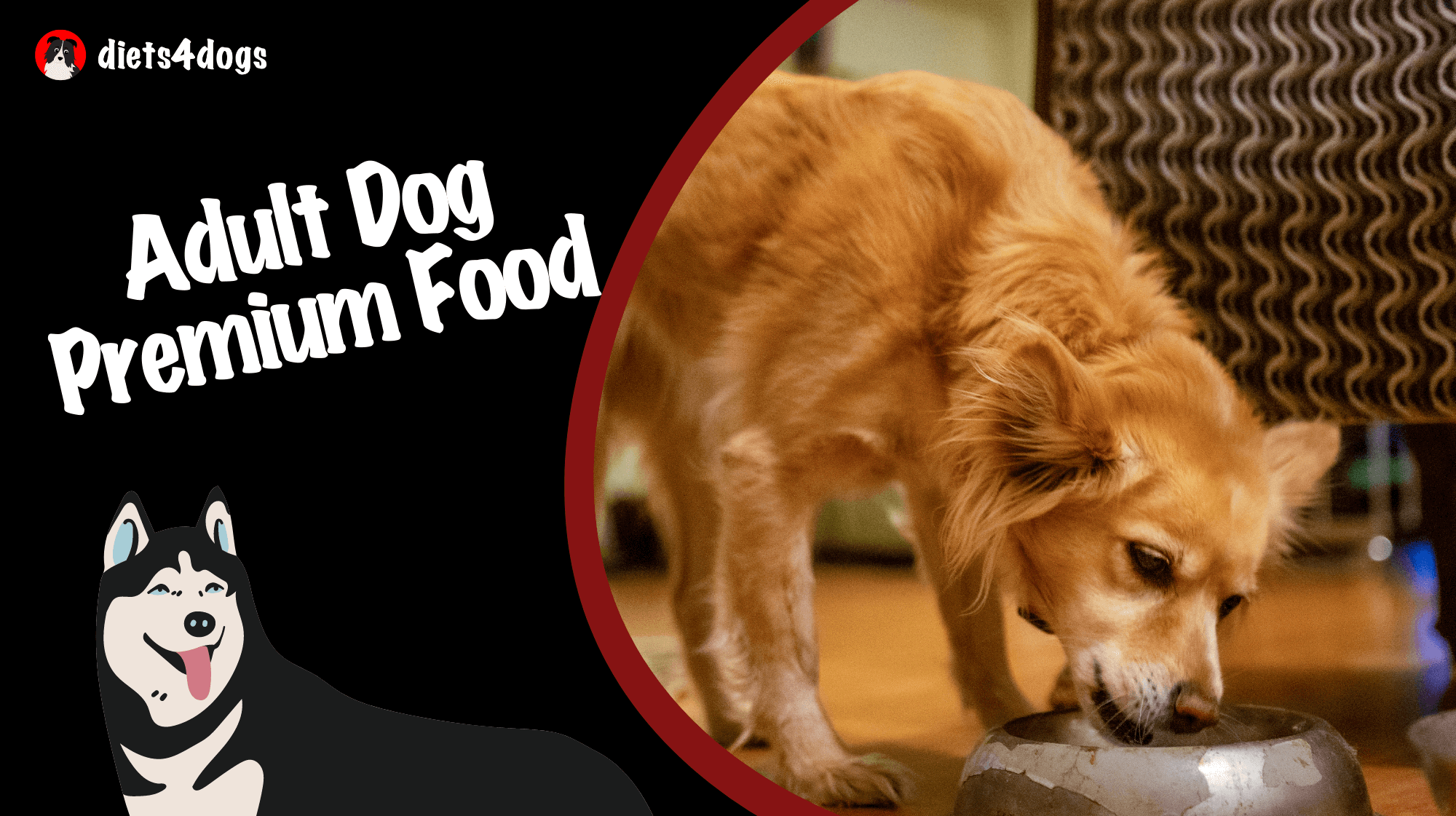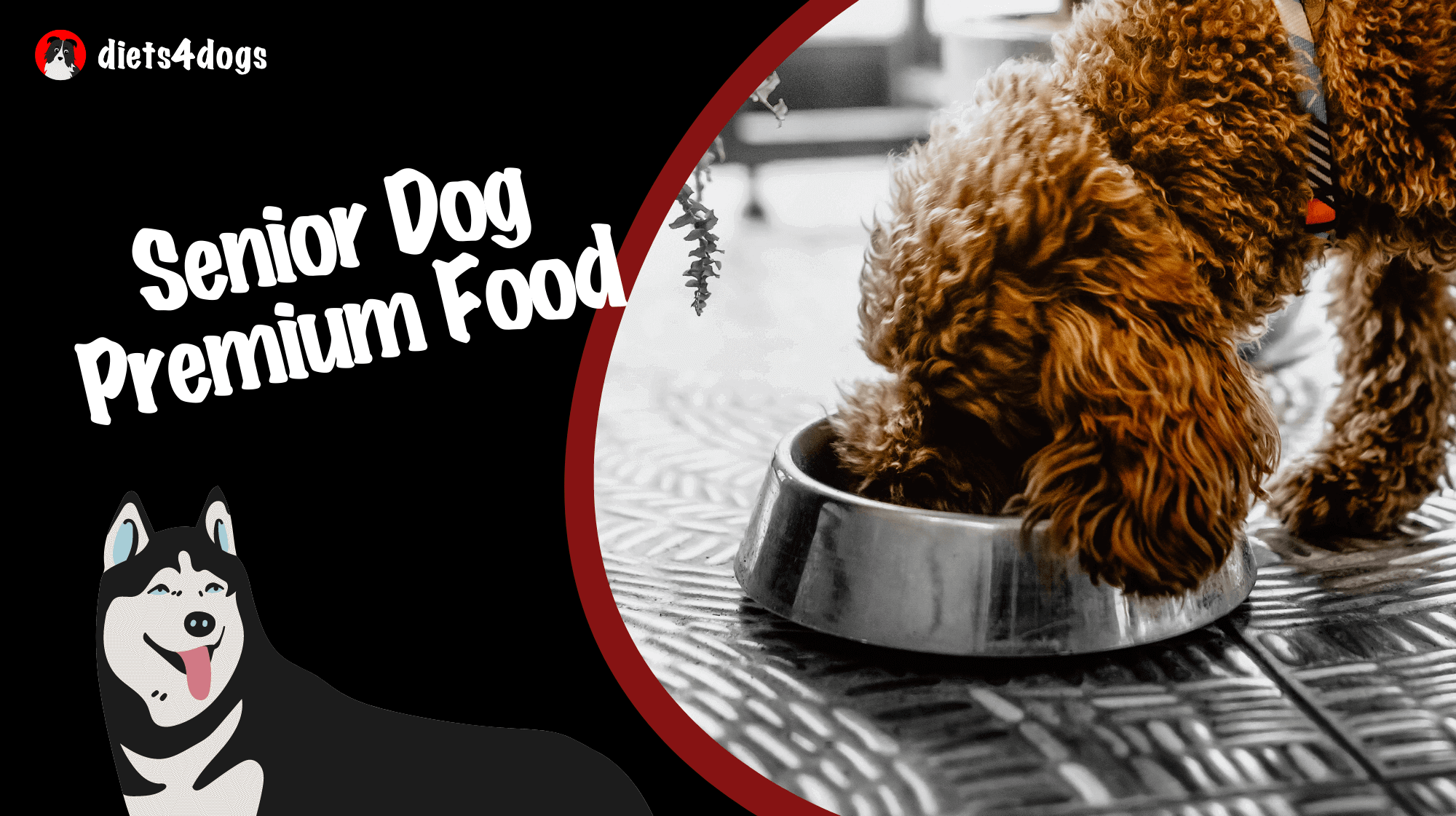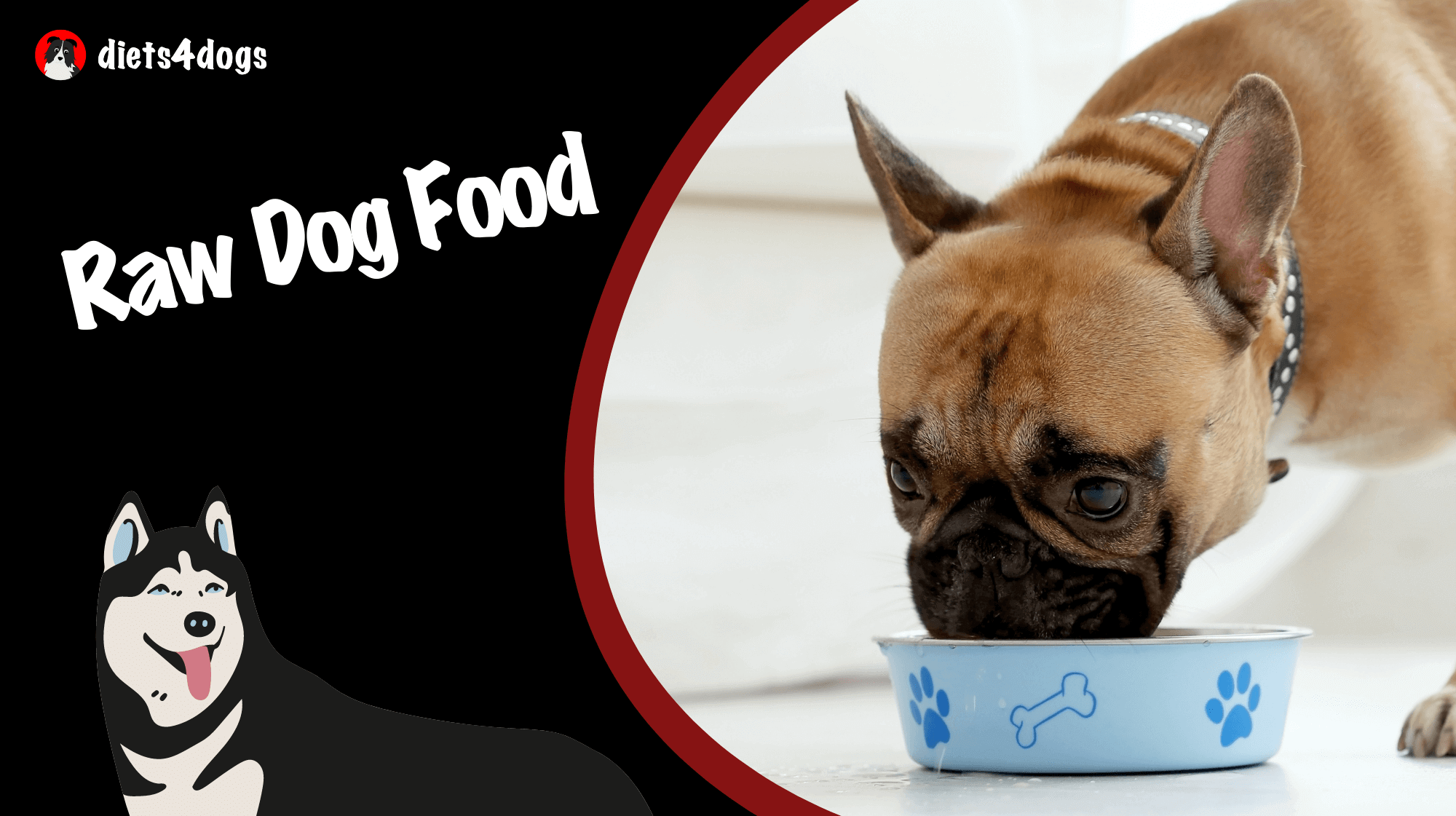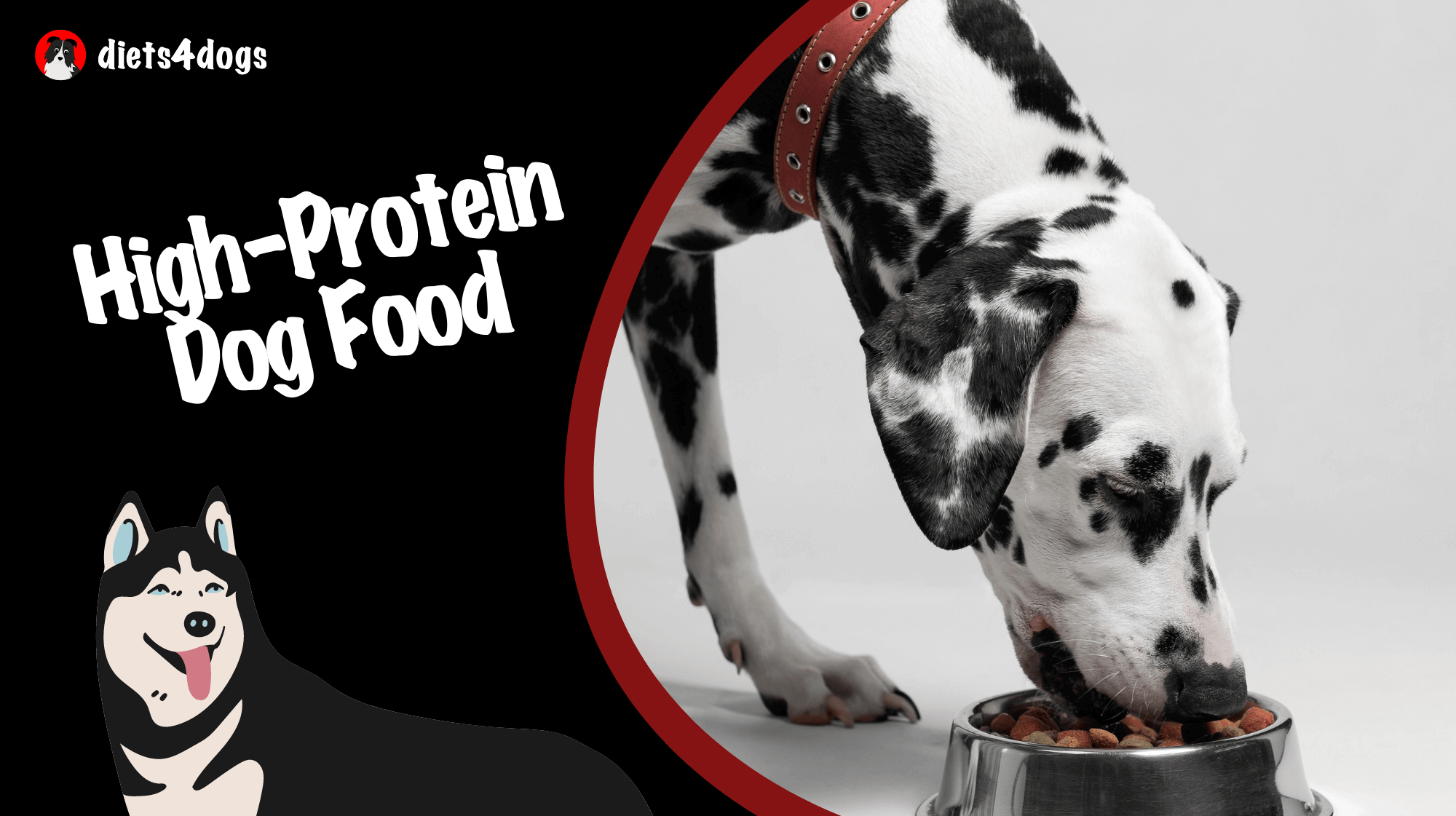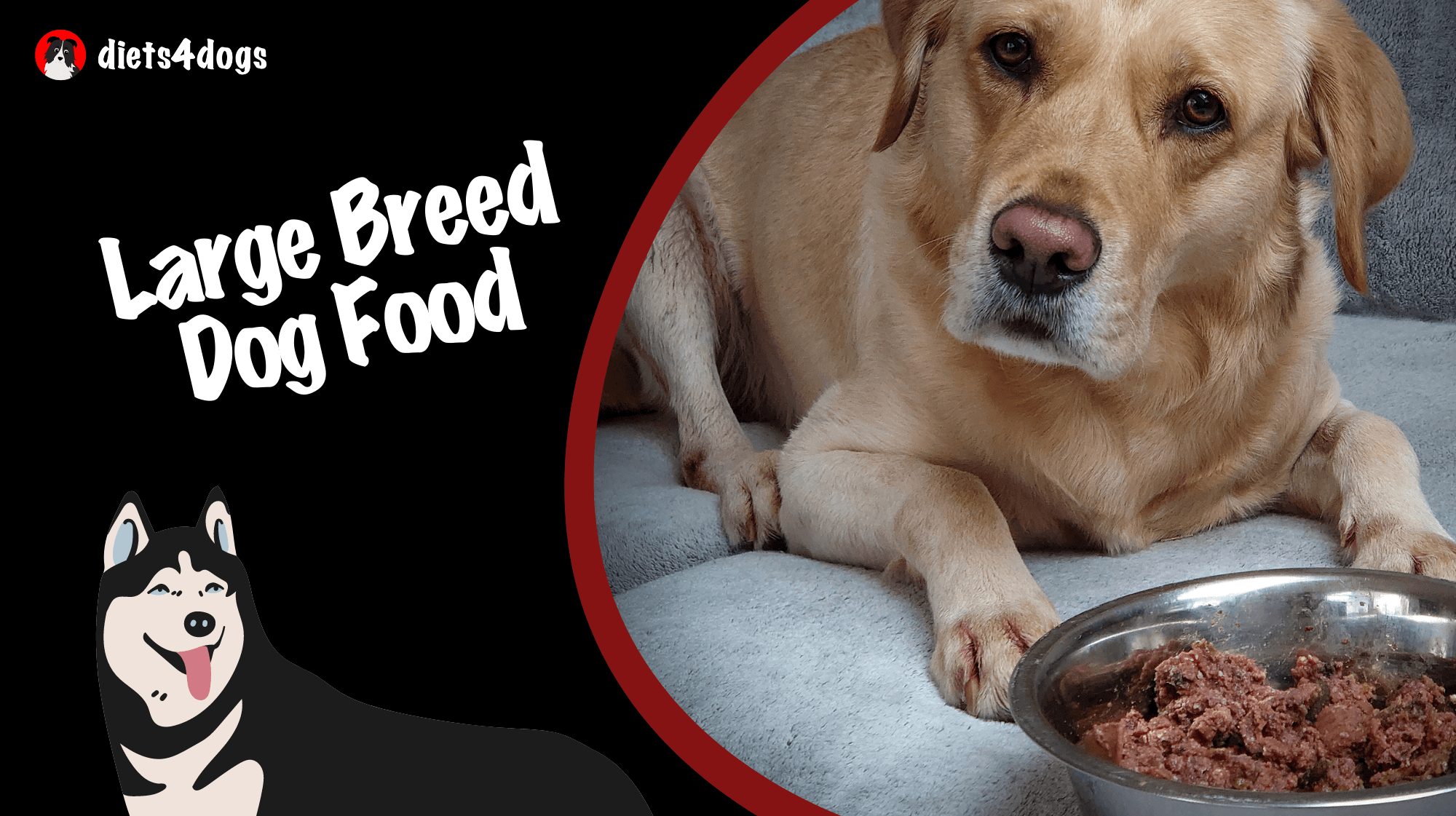Have you ever stared blankly at the overwhelming number of dog food options at your local pet store, wondering which is the best choice for your fur baby? Fear not, fellow pet parent! This blog post is here to explore life stage-specific dog food, taking you on a journey through the fantastic world of premium options designed especially for your canine companion’s unique nutritional needs. We’ll be discussing the importance of providing appropriate nutrition for your dog’s various life stages, the benefits of tailor-made formulas, and how to navigate through the premium selections like a pro. So, strap on your leash and let’s take a walk through some mouth-watering meal options for your four-legged friend!
Life stage-specific dog food is designed to cater to the unique nutritional requirements of a dog’s different life stages, such as puppy, adult, and senior. Navigating premium options involves understanding your dog’s specific needs and preferences, scrutinizing labels for high-quality ingredients and meeting AAFCO guidelines, and considering factors like breed, activity level, and potential allergies. By selecting a premium, tailored food option, you’re helping to ensure optimal health and vitality for your pet at every stage of their life.
Understanding Your Dog’s Nutritional Needs
Just like us humans, dogs have varying dietary needs depending on their age, size, and activity level. By honing in on your dog’s current life stage, you’ll be better equipped to provide the appropriate nutrition for a happy, healthy pooch. So, let’s dive into the different stages:
Puppy Life
Congratulations, you’ve just welcomed a bundle of fluffy joy into your life! Puppies grow rapidly, so during this stage, they require more protein, fat, and certain vitamins and minerals than adult dogs. This supports healthy growth and development for those tiny muscles, bones, and organs.
Adult Canine Cuisine
As your furry friend transitions into adulthood, their nutritional needs will change. Adult dogs typically require a balanced diet with moderate levels of protein, fat, and essential nutrients. It’s essential to regulate calorie intake to avoid overfeeding, as healthy weight maintenance can help prevent health issues down the line.
Strolling into Seniorhood
Older dogs are often less active and have slower metabolism, making it crucial to adjust their meals accordingly. Senior dogs may need fewer calories but higher levels of specific nutrients and fiber to promote healthy digestion and support joint health.
Previewing Premium Options
Now that you know what to look for based on your dog’s life stage, it’s time to explore the world of premium dog food. These gourmet options are crafted with top-tier ingredients, ensuring balanced nutrition and deliciousness all in one bite. Here’s what to consider when shopping:
High-Quality Ingredients
Premium dog food often contains higher quality, easily digestible proteins, such as those sourced from human-grade meat, poultry, or fish. These formulas should also include essential fatty acids, vitamins, and minerals to support your dog’s overall health.
Label Transparency
Transparency is key! Choose dog food from reputable brands that clearly list their ingredients and follow AAFCO guidelines for nutrient content. Look for descriptions like “balanced” or “complete” that indicate the food is appropriate for your dog’s life stage.
Allergies and Sensitivities
Does your dog have specific dietary requirements or allergies? Premium dog food brands tend to offer various formulas tailored to certain needs, such as grain-free, limited ingredient, or hypoallergenic options. Don’t hesitate to consult your veterinarian for recommendations.
Breed, Size, and Activity Level Matters
Premium dog food brands often create products that cater to specific breeds, sizes, or activity levels, providing tailored nutrition for your pupper’s unique needs. Considering these factors can help you make an educated choice:
Breed-Specific Formulas
Some breeds have varying nutritional requirements or are prone to specific health issues. So, select a breed-specific formula if available and applicable. These options are formulated to suit your dog’s distinct physiology and nutritional needs.
Size-Specific Options
Size matters when it comes to nutrition! Dog food for small breeds might feature smaller kibble size and higher caloric density to accommodate their faster metabolism. On the other hand, large breeds may need food with controlled mineral levels to avoid joint and bone issues.
Activity Level
Factors like your dog’s daily exercise and energy expenditure impact the calories they need. Active dogs, such as working or athletic breeds, could benefit from dog food with higher protein content and increased calorie density.
Now that you have the scoop on life stage-specific dog food and how to navigate premium options, you’re well on your way to offering the best of the best to your canine companion. Happy feasting!
Rotational Feeding: A Flavorful Adventure
Imagine eating the same meal every day for the rest of your life – sounds boring, doesn’t it? Just like us, dogs appreciate variety in their meals. Introducing rotational feeding can spice up your dog’s mealtime while providing a broader spectrum of nutrients. This method involves switching between different premium dog food products, flavors, or even textures (kibble, wet, or freeze-dried) while maintaining balanced dog nutrition. Rotational feeding can help:
- Enhance your dog’s interest in their food
- Build a stronger digestive system
- Reduce the risk of food allergies or sensitivities
When trying out rotational feeding, start by gradually mixing in the new food with the current one, increasing the proportion of new food over a week or two. This helps your dog adjust to the change without experiencing digestive issues.
Decoding Dog Food Labels
In your quest for premium dog food, understanding the labels is crucial in selecting the best option. Labels reveal essential information about ingredients and proper feeding guidelines. Mastering label reading will have you feeling like a dog nutrition Sherlock Holmes! Here’s a breakdown of what to look for:
- AAFCO Nutritional Adequacy Statement: Look for an American Association of Feed Control Officials (AAFCO) statement indicating that the dog food is “complete and balanced” for your pet’s life stage.
- Ingredients: Listed in descending order by weight, this information identifies the main components in your dog’s food. Focus on high-quality proteins, healthy fats, and complex carbohydrates.
- Guaranteed Analysis: Displays the minimum percentages of protein and fat and the maximum percentages of fiber and moisture in the food. This helps you compare different products and determine their nutritional content.
- Feeding Guidelines: To avoid overfeeding, follow the suggested feeding guidelines based on your dog’s weight and life stage.
Checking In with Your Vet
Lastly, never underestimate the power of consulting with your veterinarian. If you’re unsure about finding the perfect premium dog food option for your dog’s life stage or unique needs, your vet can be your most valuable partner. They can provide personalized recommendations, monitor your dog’s reaction to new foods, and adjust the plan if necessary.Consider scheduling regular check-ups to assess your dog’s health, weight, and nutrition, ensuring that you’re offering them the best possible foundation for a long, happy life.
FAQs: Your Dog Food Queries, Answered!
Still contemplating some burning questions about finding the right premium dog food for your canine’s unique needs? Here’s a handy FAQ section tackling ten common questions, so you’re well-prepared to make an informed decision.
Premium dog food usually contains higher quality ingredients, such as human-grade proteins and fewer fillers or artificial additives. It’s developed to meet the specific nutritional requirements of dogs, prioritizing overall health and well-being.
2. Can I feed my dog the same food throughout their life stages?
Although some dog foods are marketed as “all life stages,” it’s generally preferable to adjust your dog’s diet according to their age. Life stage-specific foods cater to the unique nutritional needs of puppies, adults, and seniors, promoting optimal health at each stage.
3. When should I switch from puppy food to adult dog food?
Typically, it’s advised to transition from puppy food to adult dog food when your dog reaches around 80-90% of their adult size. This occurs between 9 to 12 months for smaller breeds, and between 12 to 24 months for larger breeds. Always consult your veterinarian for guidance.
4. Can I switch dog food brands, or should I stick to one?
You can switch between dog food brands as long as the new product meets your dog’s nutritional requirements. If you plan to rotate between brands or formulas, do so gradually, mixing the new food with the old to minimize digestive upset.
5. How can I make sure I am not overfeeding my dog?
Follow the feeding guidelines on the dog food package, adjusting portion sizes based on your dog’s weight and activity level. Monitor your dog’s weight and body condition regularly, and consult your veterinarian if you’re unsure about appropriate portion sizes.
6. Is a grain-free diet better for my dog?
Grain-free diets may benefit dogs with grain allergies or sensitivities. However, for dogs without these issues, grains can offer important nutrients like fiber, vitamins, and minerals. Always consult your veterinarian when considering a grain-free diet.
7. Can I feed my dog a raw food diet?
Raw food diets have their pros and cons. Before deciding, consult with your veterinarian and research carefully to weigh the potential benefits and risks. If opting for a raw diet, ensure you’re meeting your dog’s nutritional needs and maintaining safe food handling practices.
8. How often should I feed my dog?
Feeding frequency depends on your dog’s life stage, size, and individual needs. Puppies generally benefit from being fed 3-4 times daily, while adult dogs usually eat 1-2 times a day. Consult your veterinarian for personalized guidance based on your dog’s requirements.
9. What should I look for when comparing dog food labels?
Examine the ingredient list (prioritizing high-quality protein sources), the AAFCO nutritional adequacy statement, guaranteed analysis (protein, fat, fiber, and moisture percentages), and the feeding guidelines based on your dog’s weight.
Consider your dog’s life stage, breed, size, activity level, allergies, and sensitivities. Analyze dog food labels to ensure high-quality ingredients, and consult your veterinarian for guidance in selecting a suitable option for your pooch’s unique needs.

